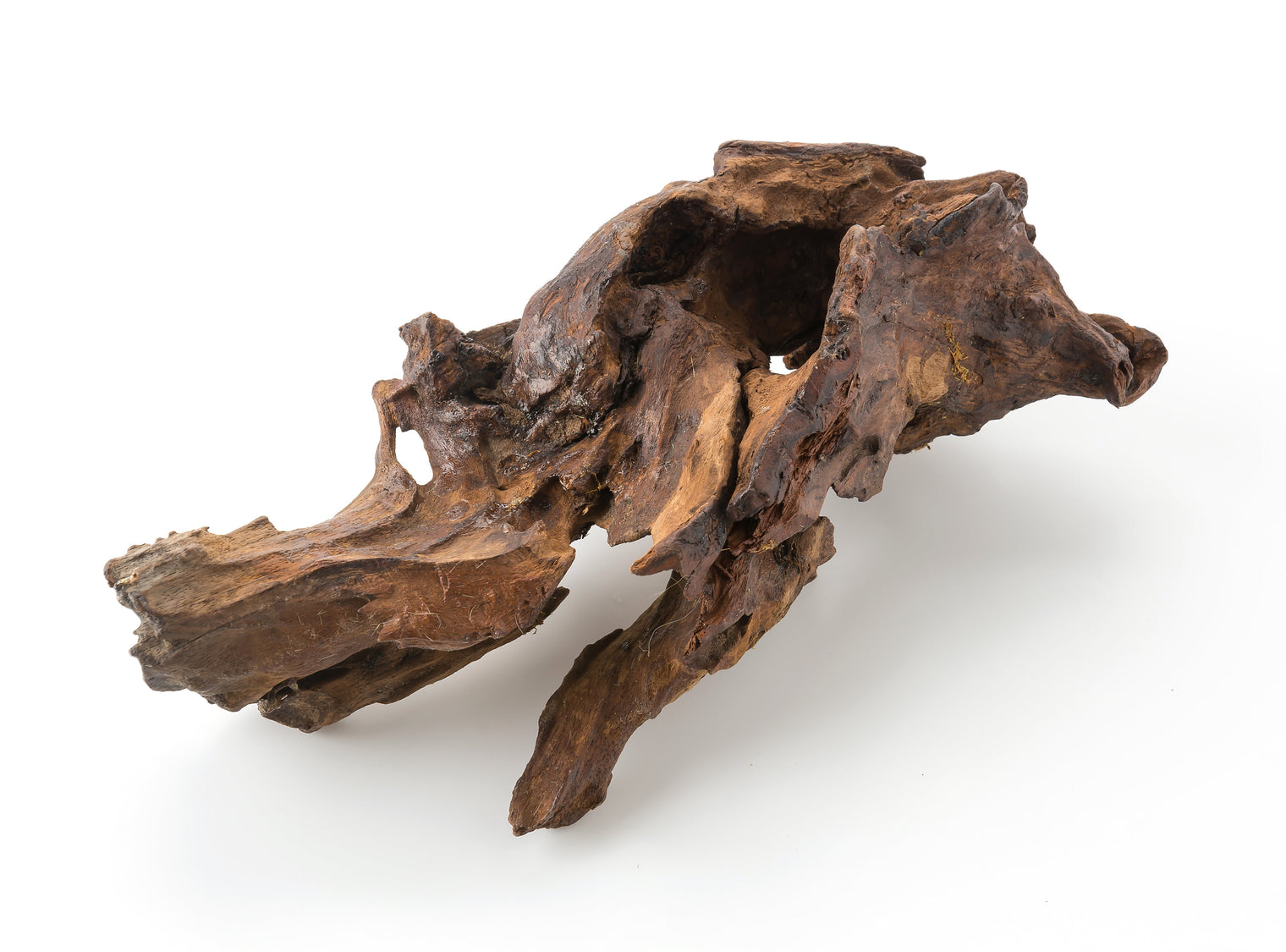Discover the most prized and mysterious ingredients in perfumery, Oud.
Oud, also known as agarwood, is one of the most prized and mysterious ingredients in perfumery. Its story begins in the dense forests of Southeast Asia, where the Aquilaria tree produces a dark, aromatic resin as a natural defense against infection. This resin-embedded wood, once distilled, becomes oud oil—an essence worth more than gold by weight. The process of extracting oud is labor-intensive. Only a small percentage of Aquilaria trees become infected naturally, and the wood must be carefully distilled, often for days, to yield even a few drops of oil. This rarity fuels its prestige.
Historically, oud has deep roots in Middle Eastern, Indian, and Japanese cultures. It was burned in temples, used in religious rituals, and treasured by royalty for its rich, enveloping scent. Modern perfumery adopted oud in the late 20th century, when niche and luxury brands sought deeper, more exotic materials.
The scent profile is complex and powerful—smoky, woody, leathery, sometimes with sweet or animalic undertones. It brings depth, sensuality, and warmth to a fragrance, often serving as its dark, grounding base. When blended skillfully, oud transforms perfumes into statements—mysterious, opulent, and unforgettable. It’s not just an ingredient; it’s the soul of a fragrance.
We use different qualities of Oud in Queer Magic, Lance of Love, and Flowerotica. The provenance of the Oud influences the aromatic profile of the distilled oil. The main types of Oud are listed below. Let's explore!
1. Cambodian (Cambodi or Khmer) Oud
-
Origin: Cambodia
-
Scent Profile: Sweet, warm, and approachable. Notes of honey, fruit, and gentle woods.
-
Character: Often considered the most “wearable” oud—smooth, slightly gourmand, and less animalic.
-
Use: Popular in modern niche and designer fragrances as an introduction to oud.
- Find in Lance of Love.
2. Malaysian Oud
-
Origin: Malaysia and Borneo
-
Scent Profile: Deep, resinous, and earthy, with leathery or smoky tones.
-
Character: Bold and complex, sometimes with hints of spice or forest floor.
-
Use: Adds depth and gravitas to blends—favored for its dark, grounding character.
- Find in Lance of Love and Flowerotica.
3. Indian (Hindi) Oud
-
Origin: Northern India and Assam region
-
Scent Profile: Animalic, barnyard-like, intensely smoky.
-
Character: Powerful, traditional, and long-lasting—an acquired taste for oud purists.
-
Use: Central to classical Middle Eastern attars and traditional perfumery.
- Find in Lance of Love and Queer Magic.
4. Thai Oud
-
Origin: Thailand
-
Scent Profile: Balanced—slightly sweet, with soft leather and amber nuances.
-
Character: Sits between Cambodian sweetness and Indian intensity.
-
Use: Versatile—works well in both Eastern and Western compositions.
- Find in Queer Magic.
5. Papuan (New Guinea) Oud
-
Origin: Papua New Guinea
-
Scent Profile: Fresh, green, and slightly citrusy with a woody base.
-
Character: Lighter and more modern—less dense than other ouds.
-
Use: Ideal for contemporary or unisex fragrances seeking clarity.
- Find in Flowerotica.
